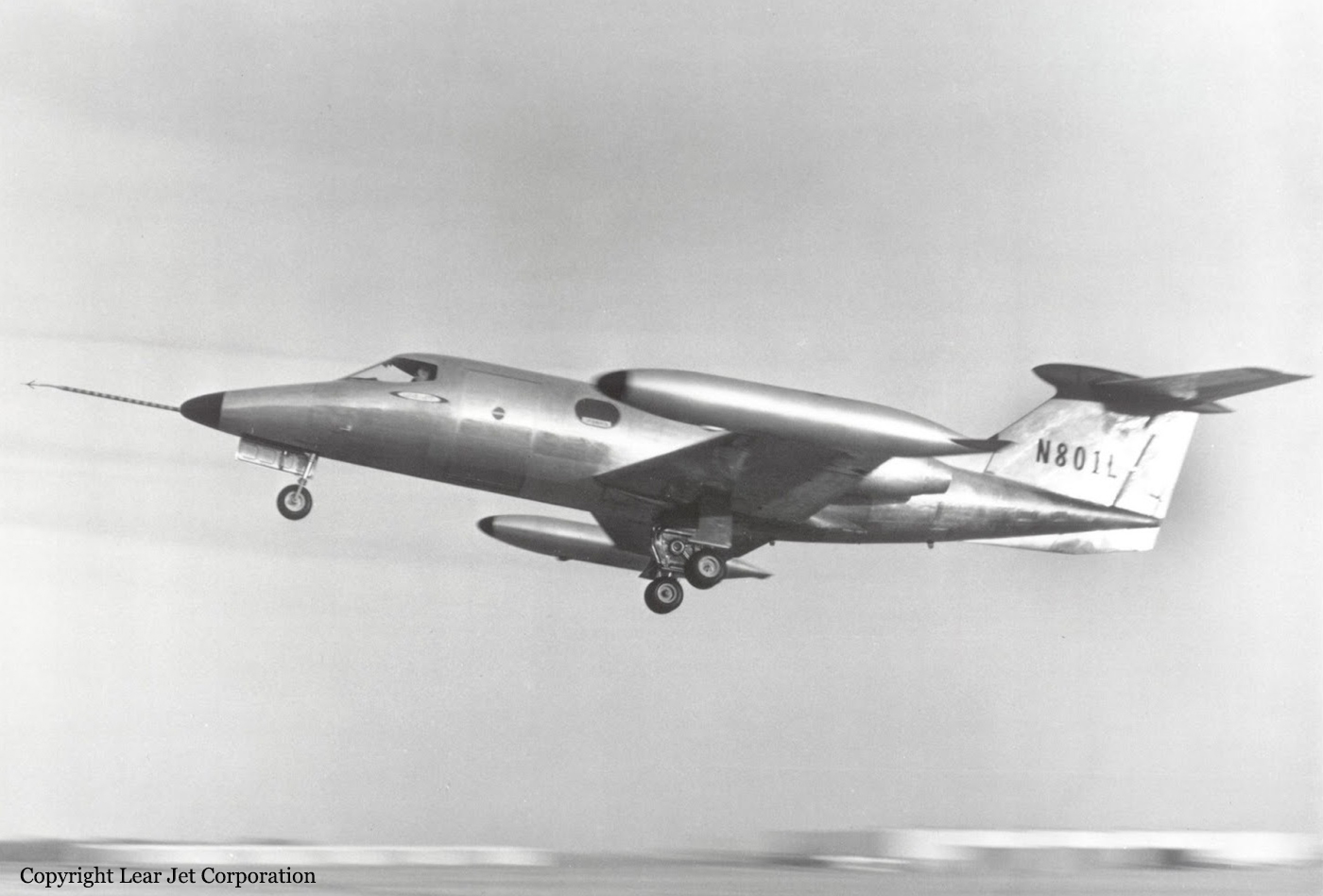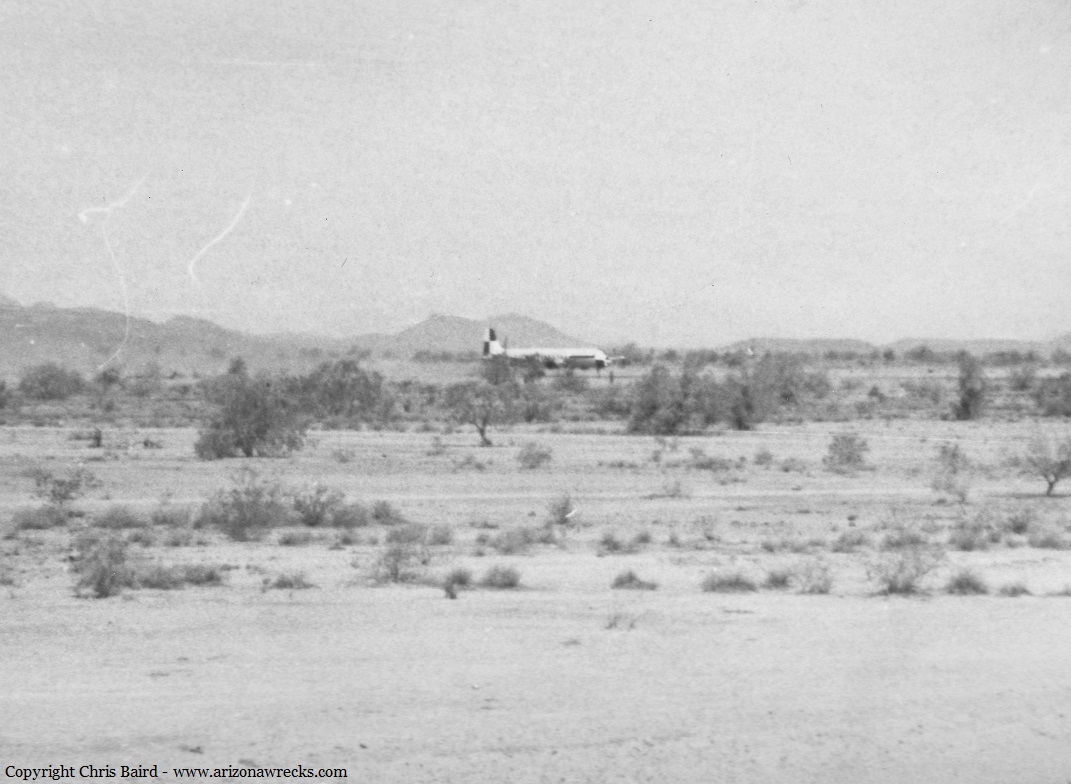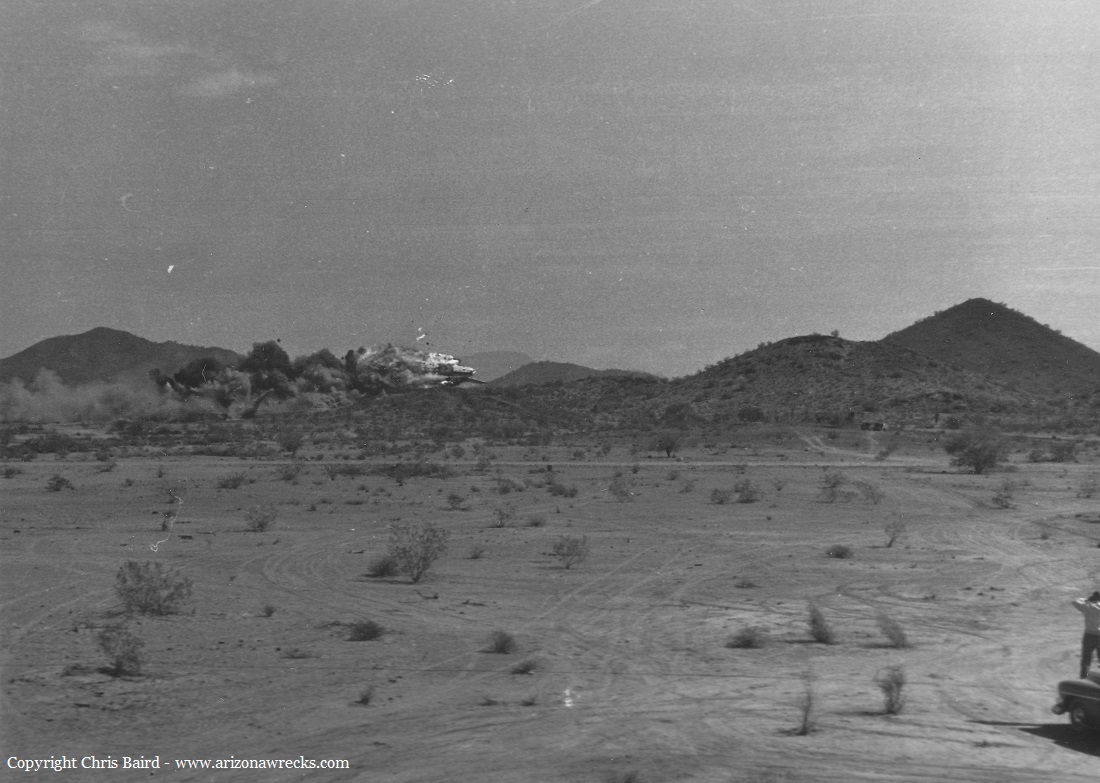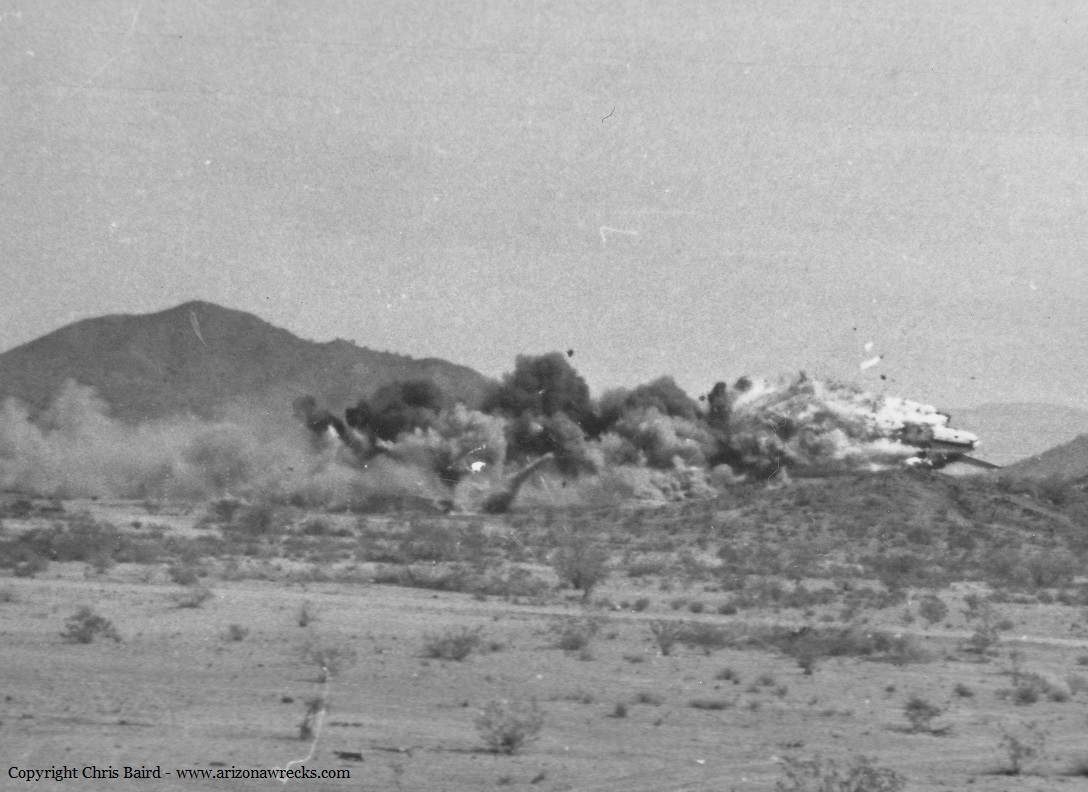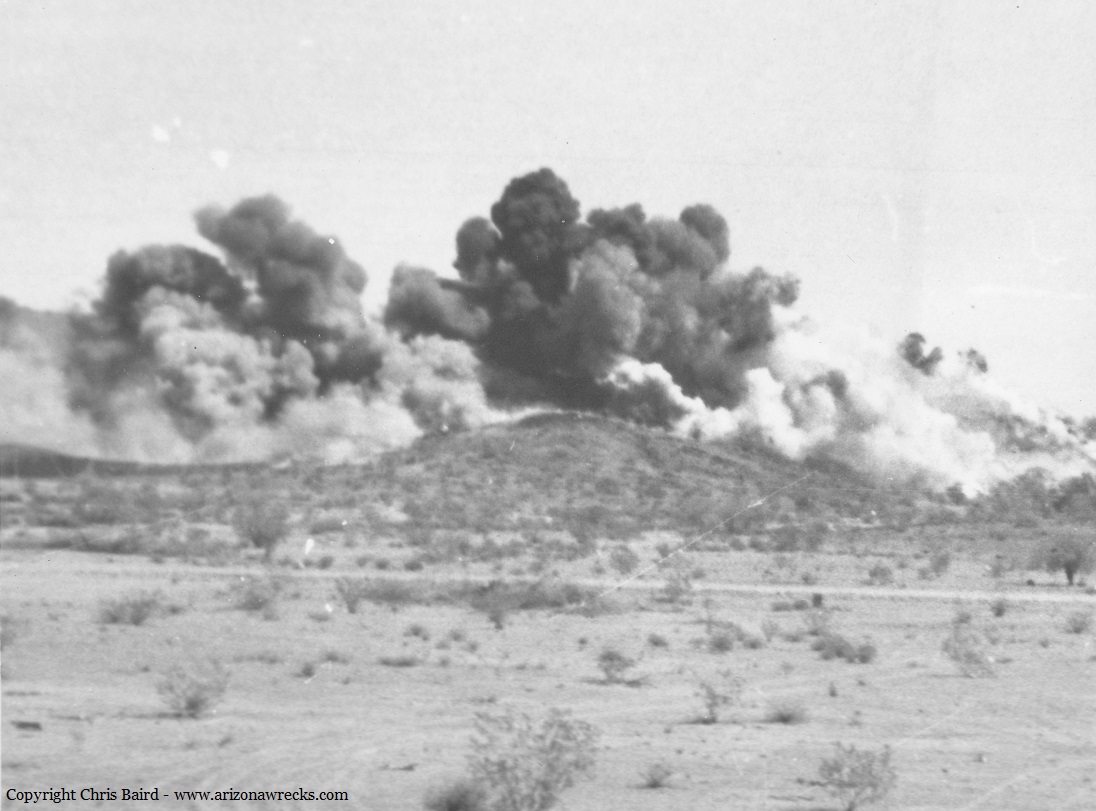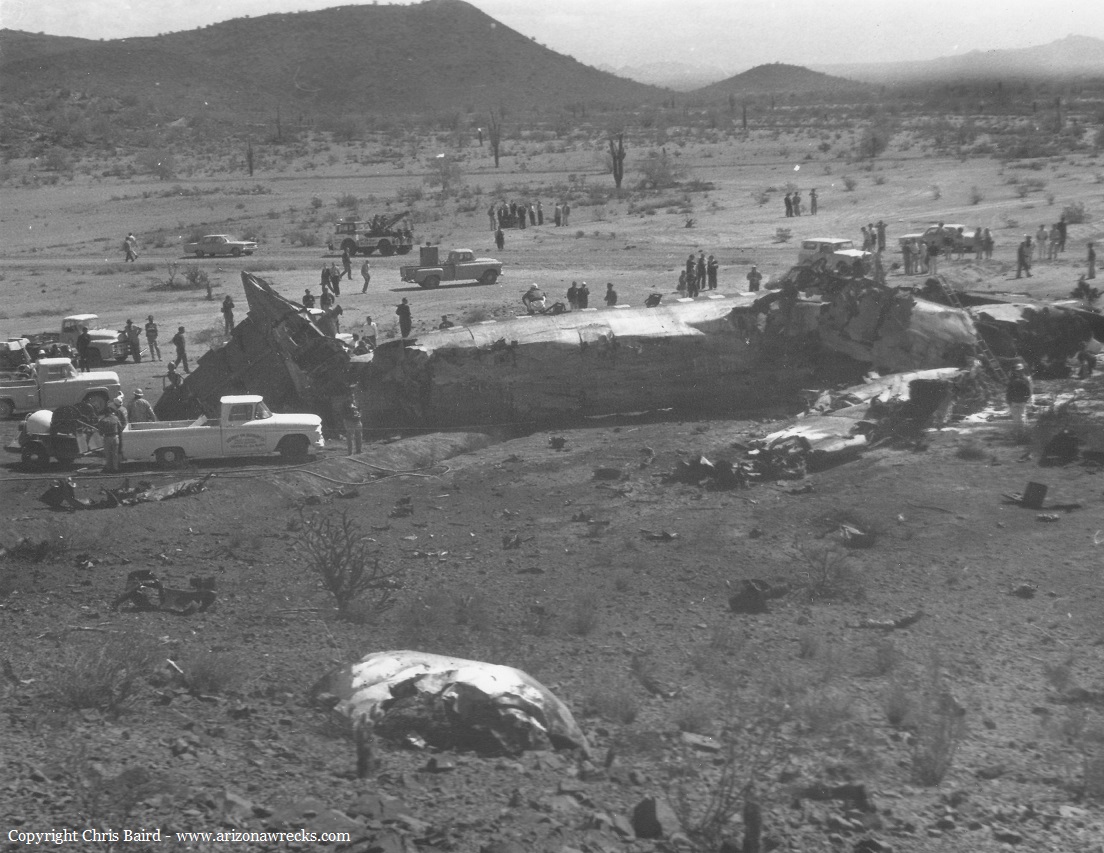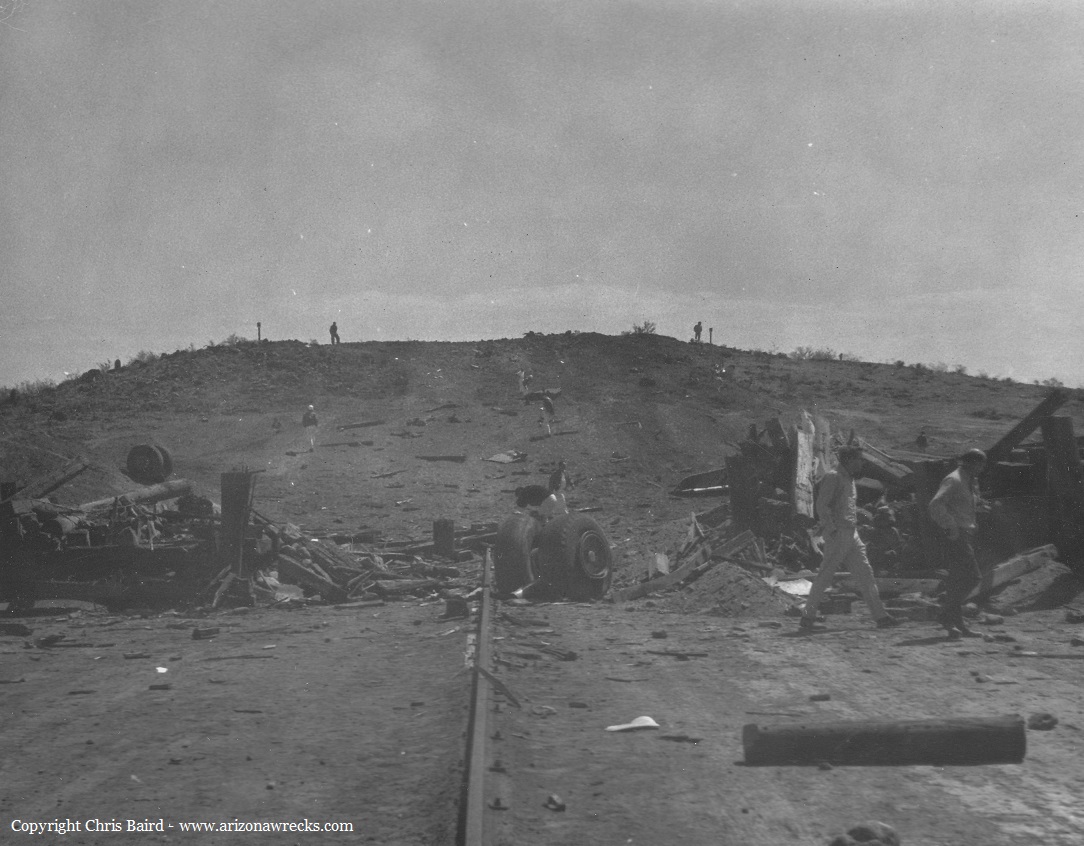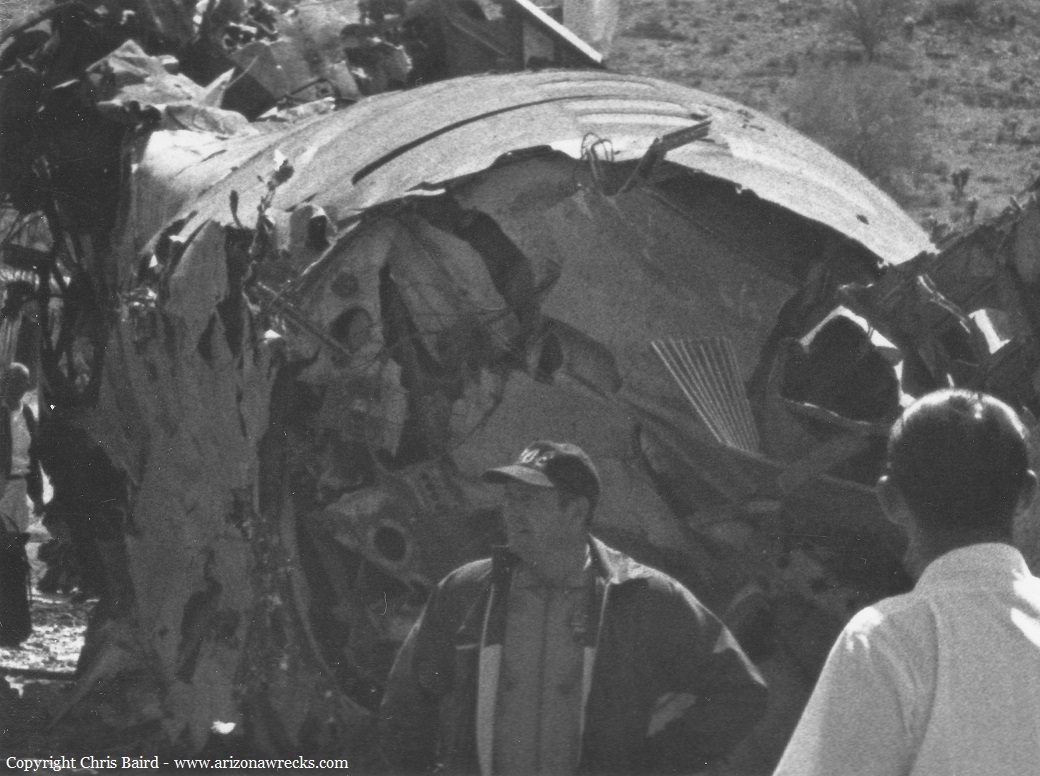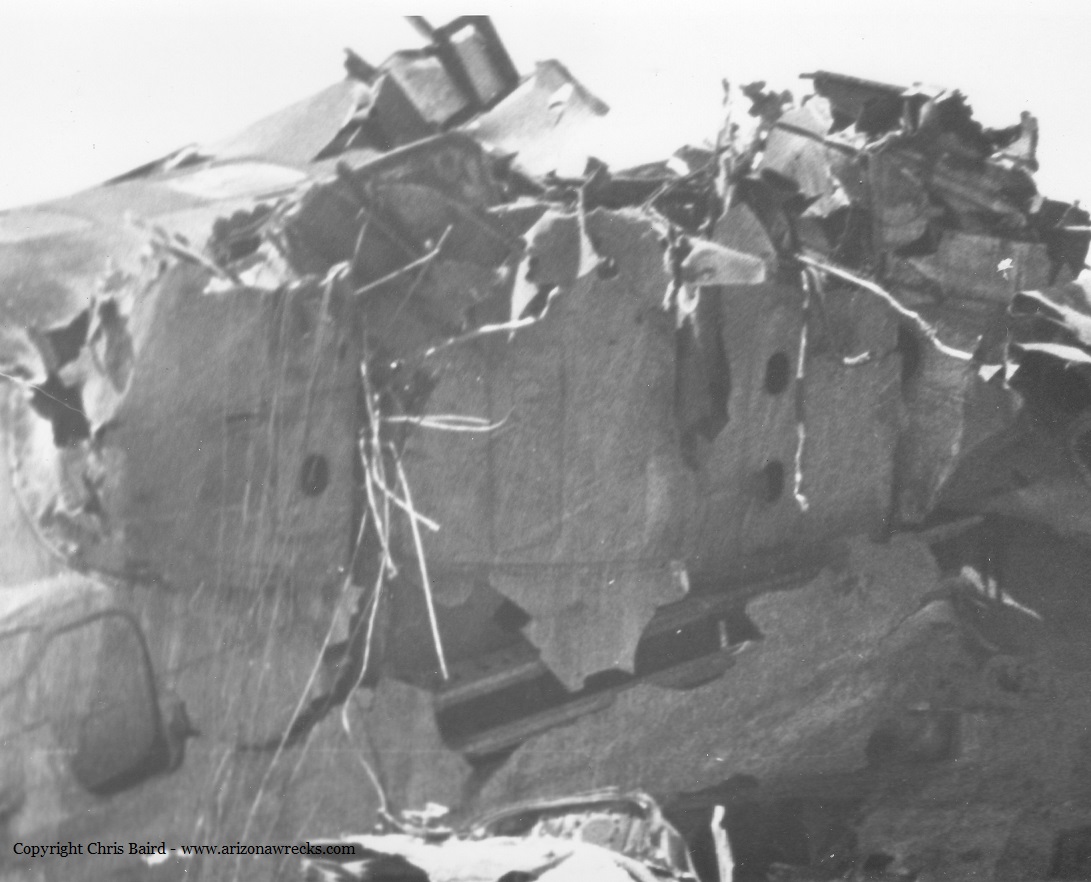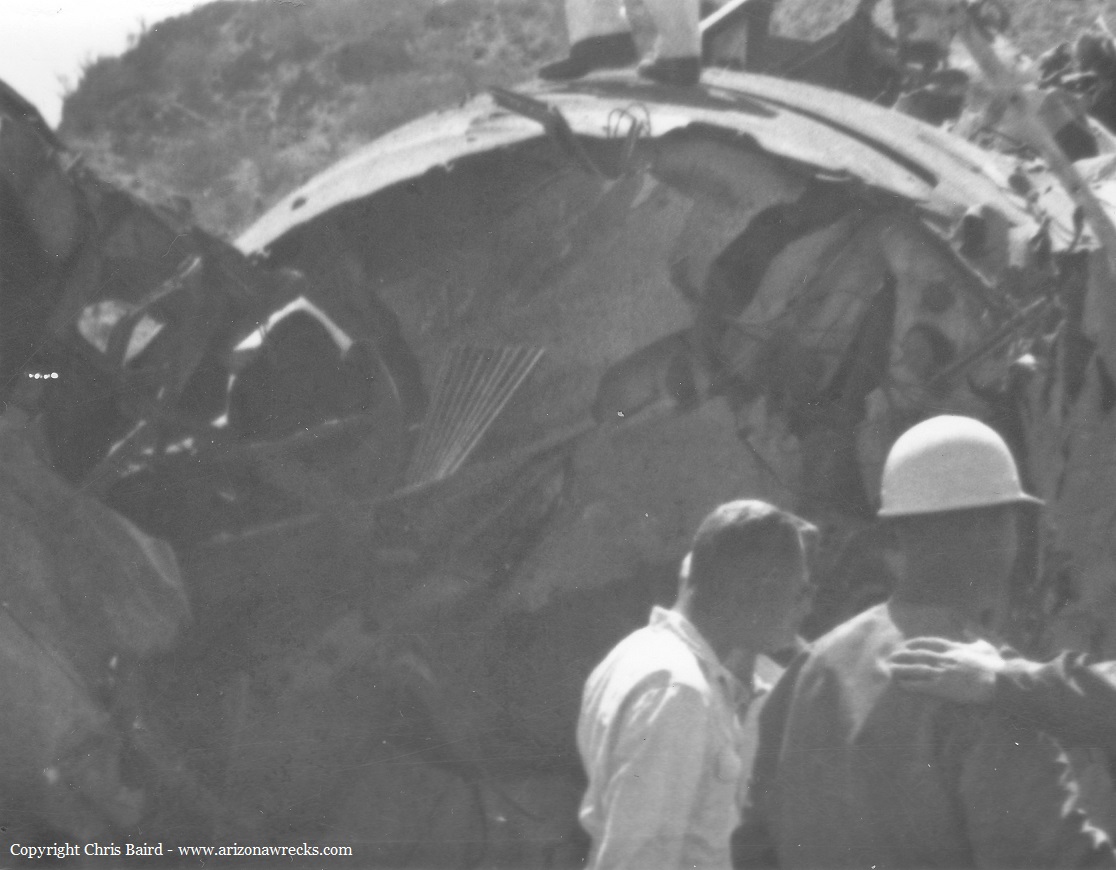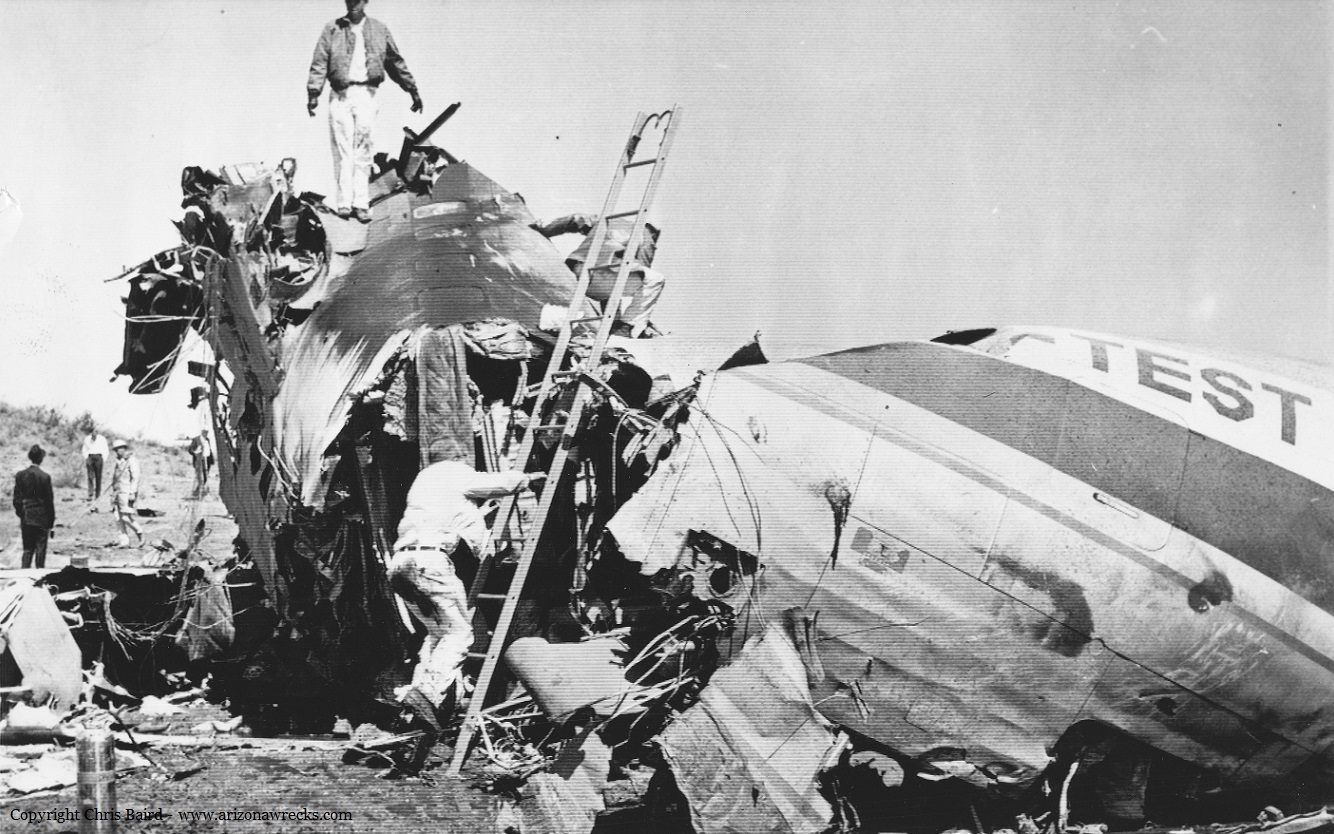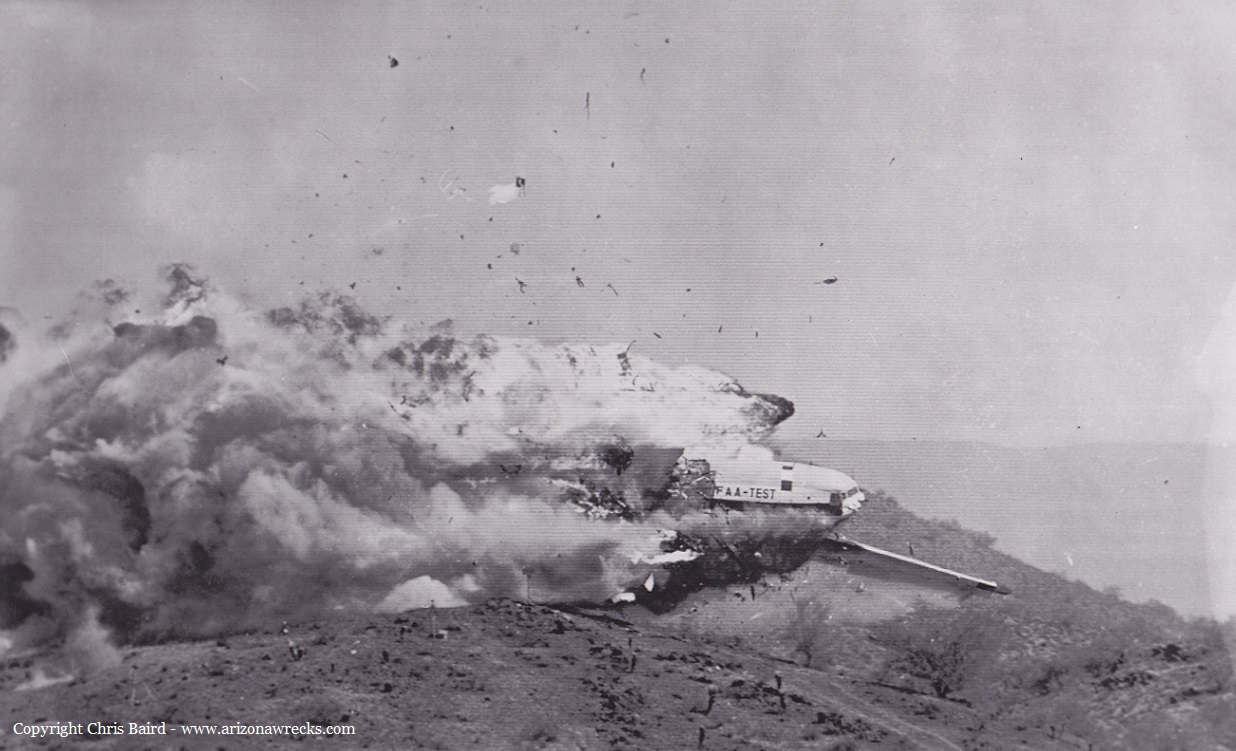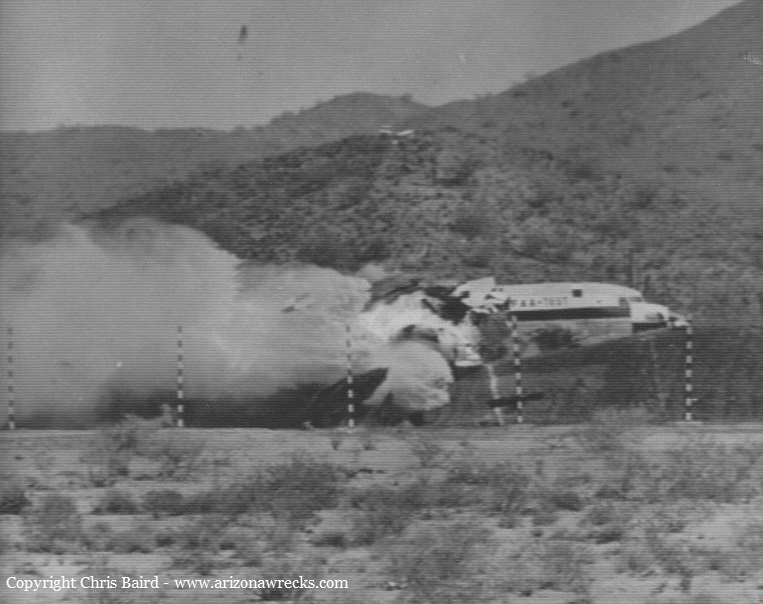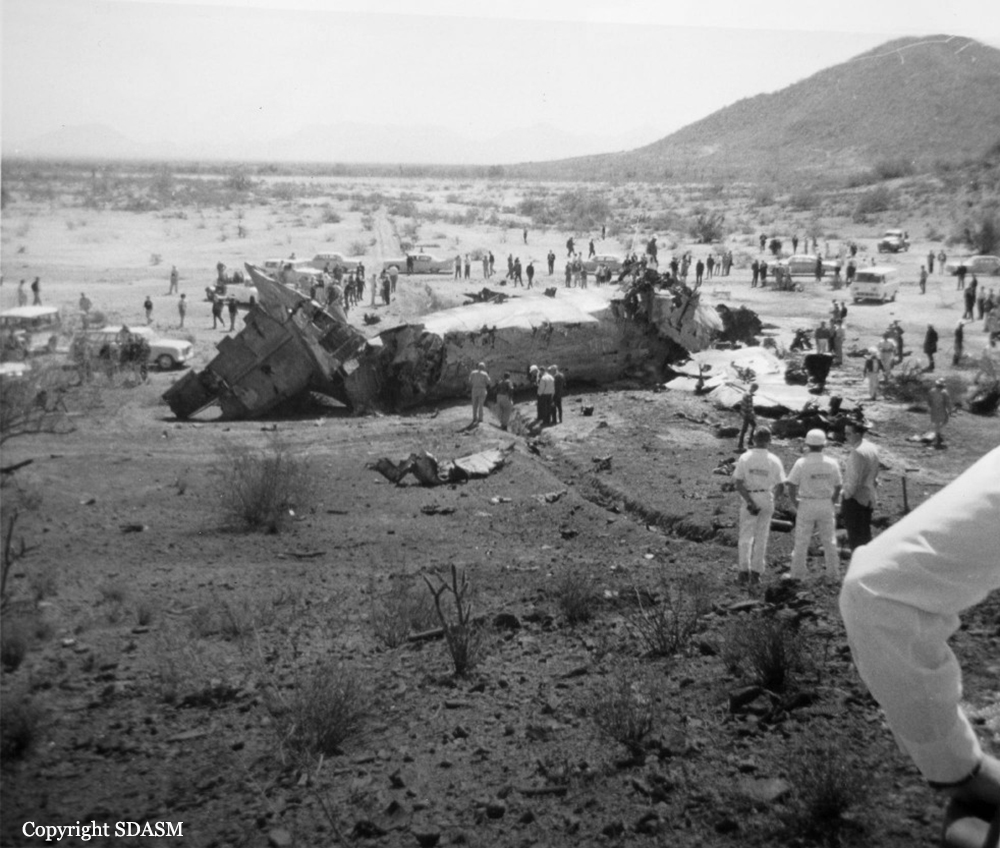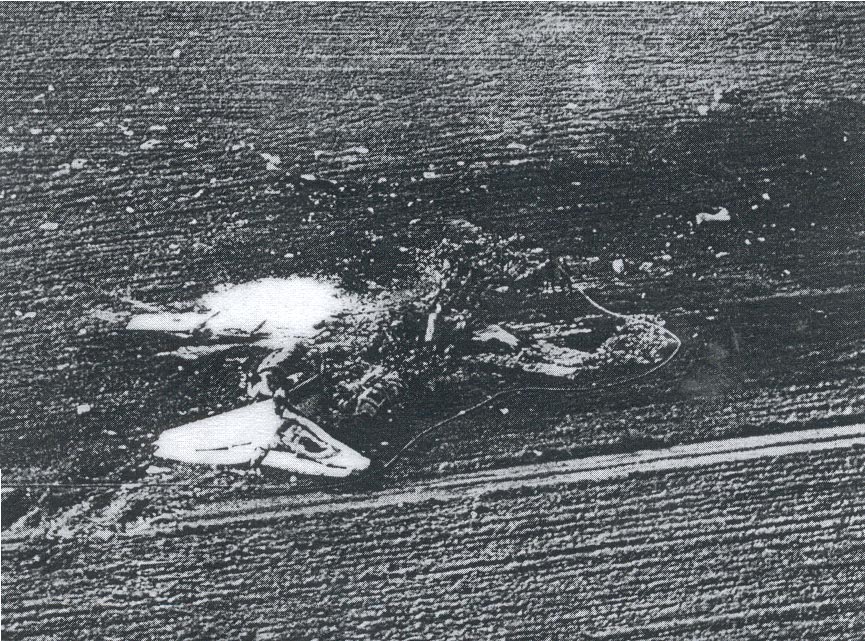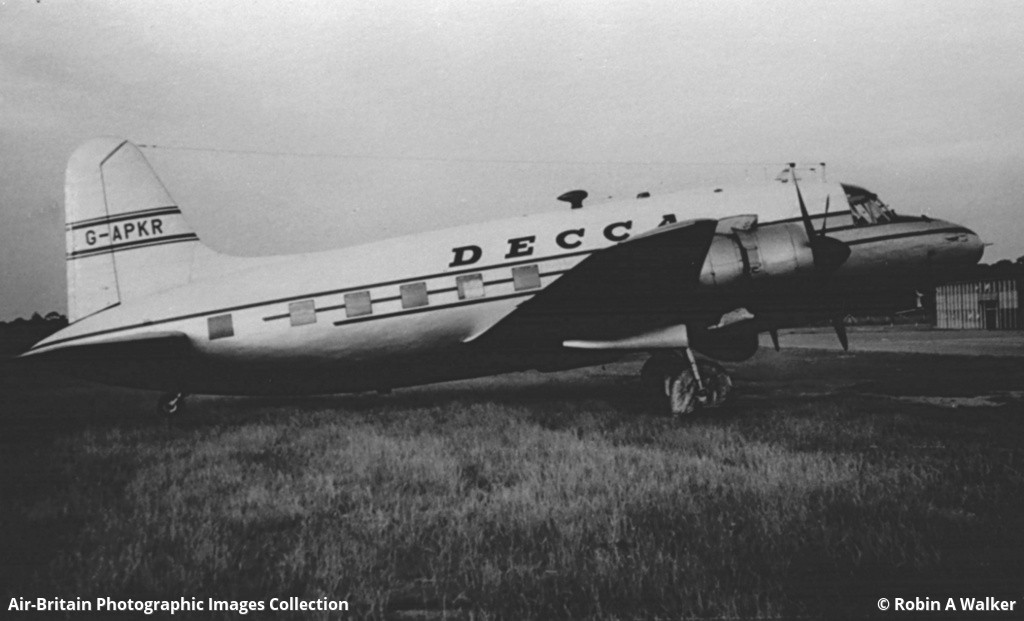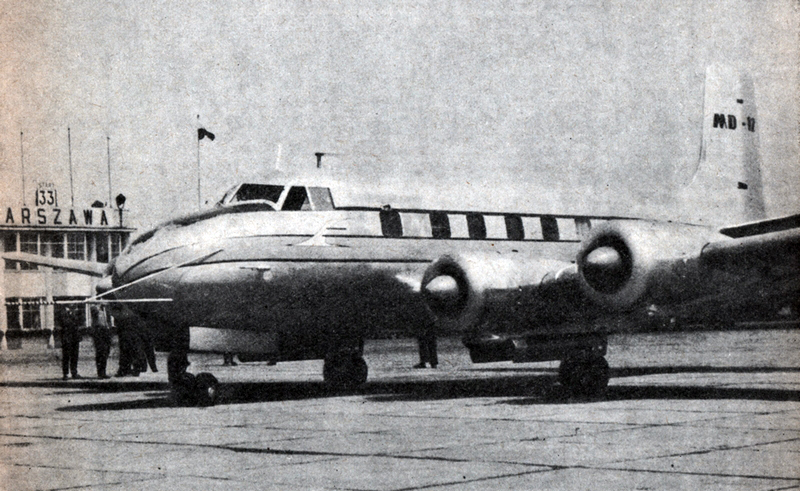Crash of an Antonov AN-8RU in Kiev: 7 killed
Date & Time:
Sep 16, 1964 at 1645 LT
Registration:
CCCP-55517
Survivors:
No
Schedule:
Kiev - Kiev
MSN:
133470
Crew on board:
7
Crew fatalities:
Pax on board:
0
Pax fatalities:
Other fatalities:
Total fatalities:
7
Circumstances:
The crew (pilots, technicians and engineers) were involved in a local test flight at Kiev-Gostomel Airport. The goal of the mission was to test the JATO propulsion system in case of an engine failure on the Antonov AN-8. For this test program, the aircraft was renamed AN-8RU version. Twenty seconds after takeoff, while climbing to a speed of 220 km/h, the JATO system was ignited. Six seconds later, once the speed of 264 km/h was reached, the left engine was voluntarily shut down. At this time, the crew was unable to feather the propeller that went into auto-rotation. The airplane banked left to a 70-80° angle then dove into the ground and crashed in a field located 1,850 meters past the runway end. The aircraft was totally destroyed and all seven crew members were killed.
Probable cause:
The exact cause of the accident could not be determined with certainty. However, the crew encountered difficulties, was unable to and/or forgot to feather the propeller on the left engine. This caused an asymmetric thrust and high drag which caused the aircraft to be uncontrollable and to crash.









